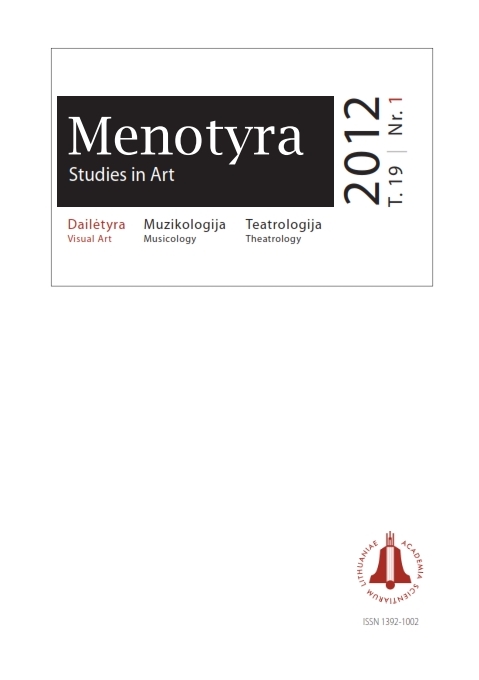Caro valdžios nurodymai dėl kryžių statymo XIX a. pabaigoje
The instructions of the tsarist administration regarding erection of crosses at the end of the 19th century
Author(s): Gabija SurdokaitėSubject(s): Christian Theology and Religion, Cultural history, Architecture
Published by: Lietuvos mokslų akademijos leidykla
Keywords: erection of crosses; circular; tsarist administration; Mečislovas Leonardas Paliulionis; Nikolajus Klingenbergas
Summary/Abstract: At the end of the 19th century, the instructions of the tsarist administration regarding erection of crosses were basically related with the regulations of building brick wayside shrines, small chapels, and metal crosses, which were gaining spread at that time. The circular of 1894 was the first document of this type regulating the building of memorial monuments from durable materials. The tsarist administration regarded wooden crosses as traditional, perhaps in this way supporting the attitude of peasants that a wooden cross was holy.In the 2nd half of the 19th century, iron crosses, brick wayside shrines and small chapels gained spread due to social and economic reasons. As the peasantry became consolidated and richer after the abolishment of serfdom and iron grew cheaper, conditions were created for building monuments from other types of material, not exclusively wood.A letter of Bishop Mečislovas Leonardas Paliulionis to the Governor of Kaunas Nikolay Klingenberg of 1895 regarding erection of crosses shows that the Catholic Church recognized all memorial monuments, whatever material they were made from.The rules approved by the tsar on 14 (26) March 1896 basically abolished the prohibition to build brick wayside shrines and small chapels. The new regulations created conditions for their thriving in the territory of Kaunas province. This abolishment of the prohibition also encouraged more intense erection of metal crosses. The abolishment of the prohibition to build crosses and chapels from durable materials is important in that the tsarist administration realized and recognized the continuation of tradition of building not only wooden, but also brick and iron memorial monuments.
Journal: Menotyra
- Issue Year: 19/2012
- Issue No: 1
- Page Range: 37-46
- Page Count: 10
- Language: Lithuanian

